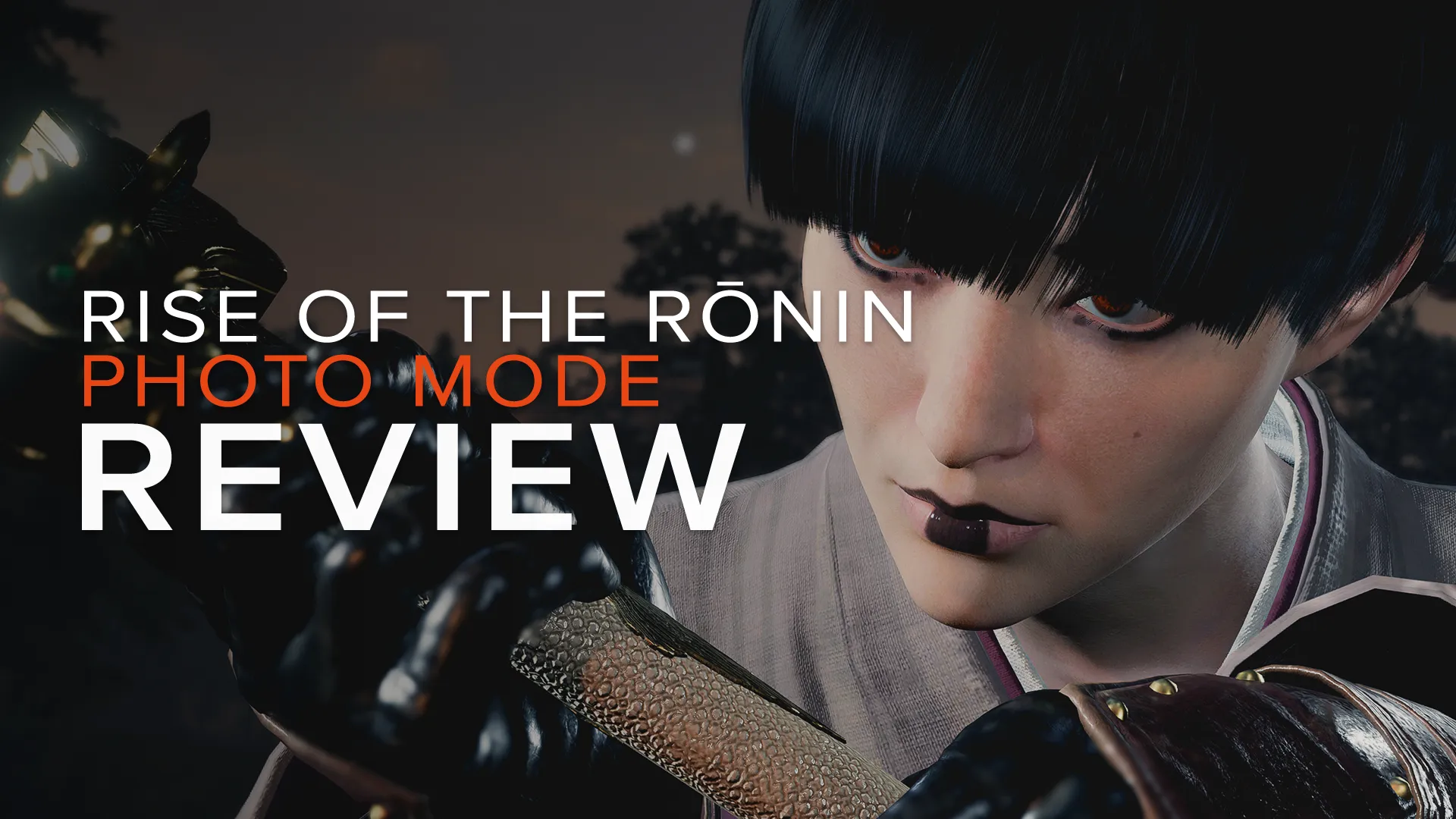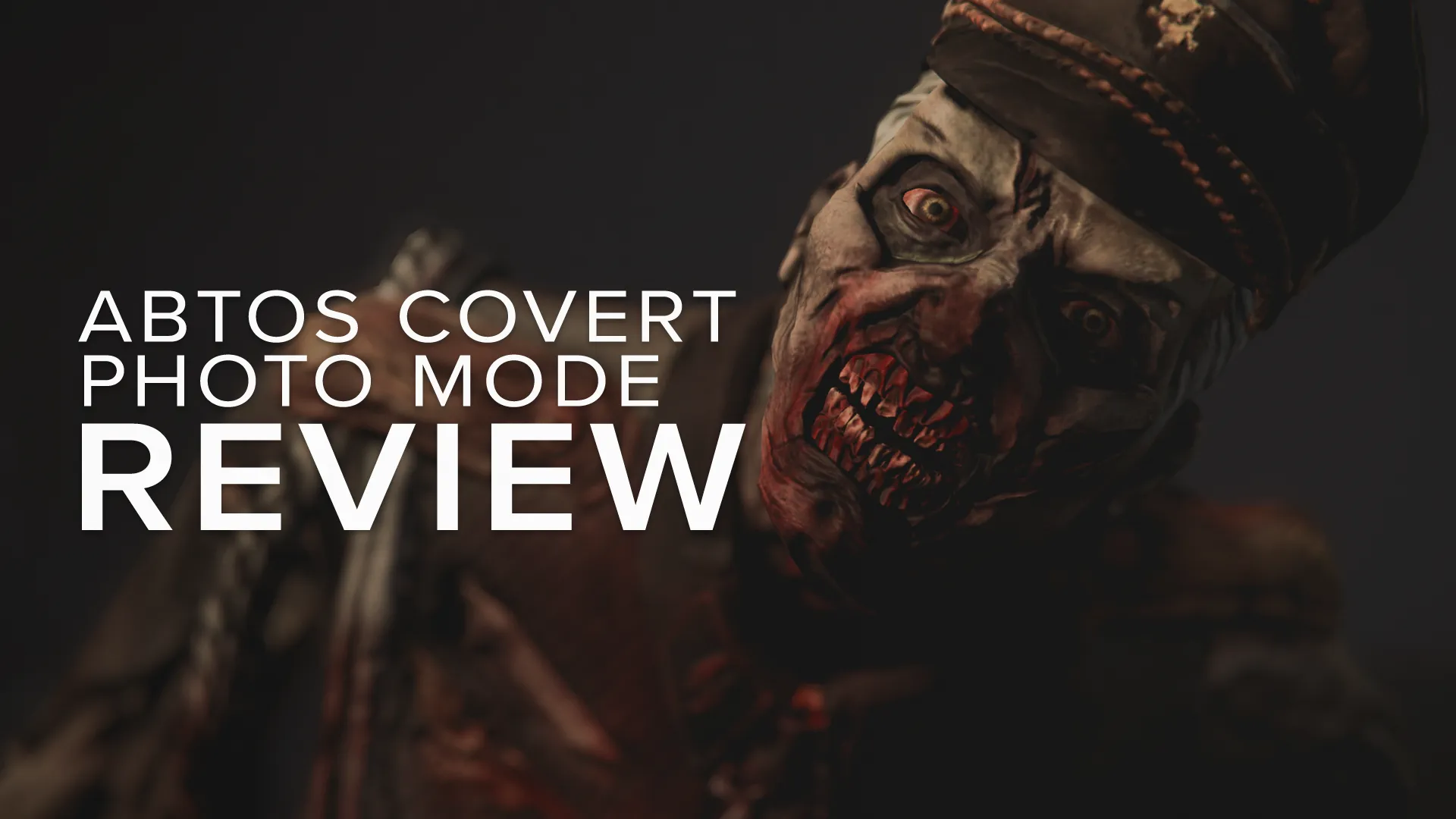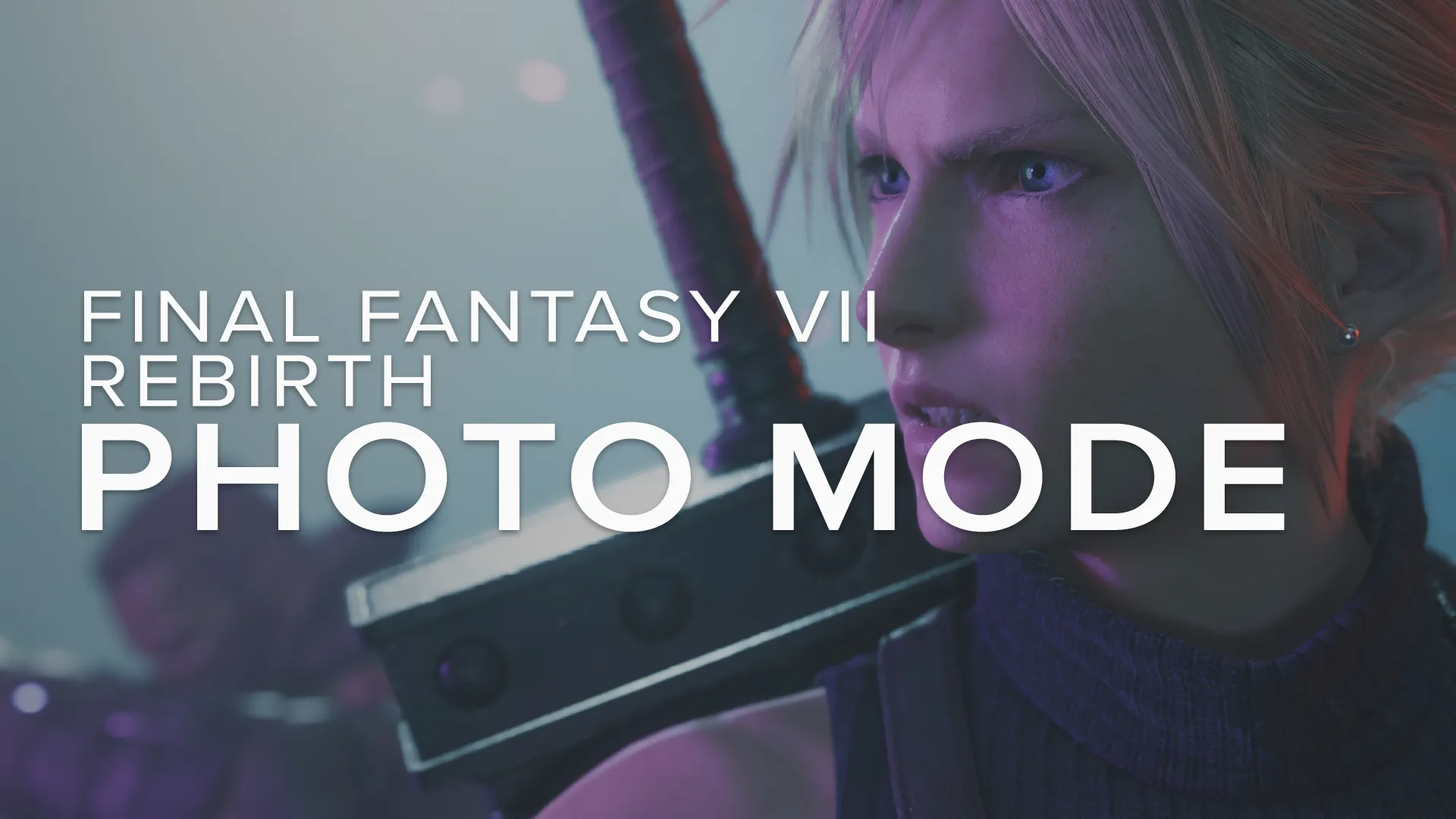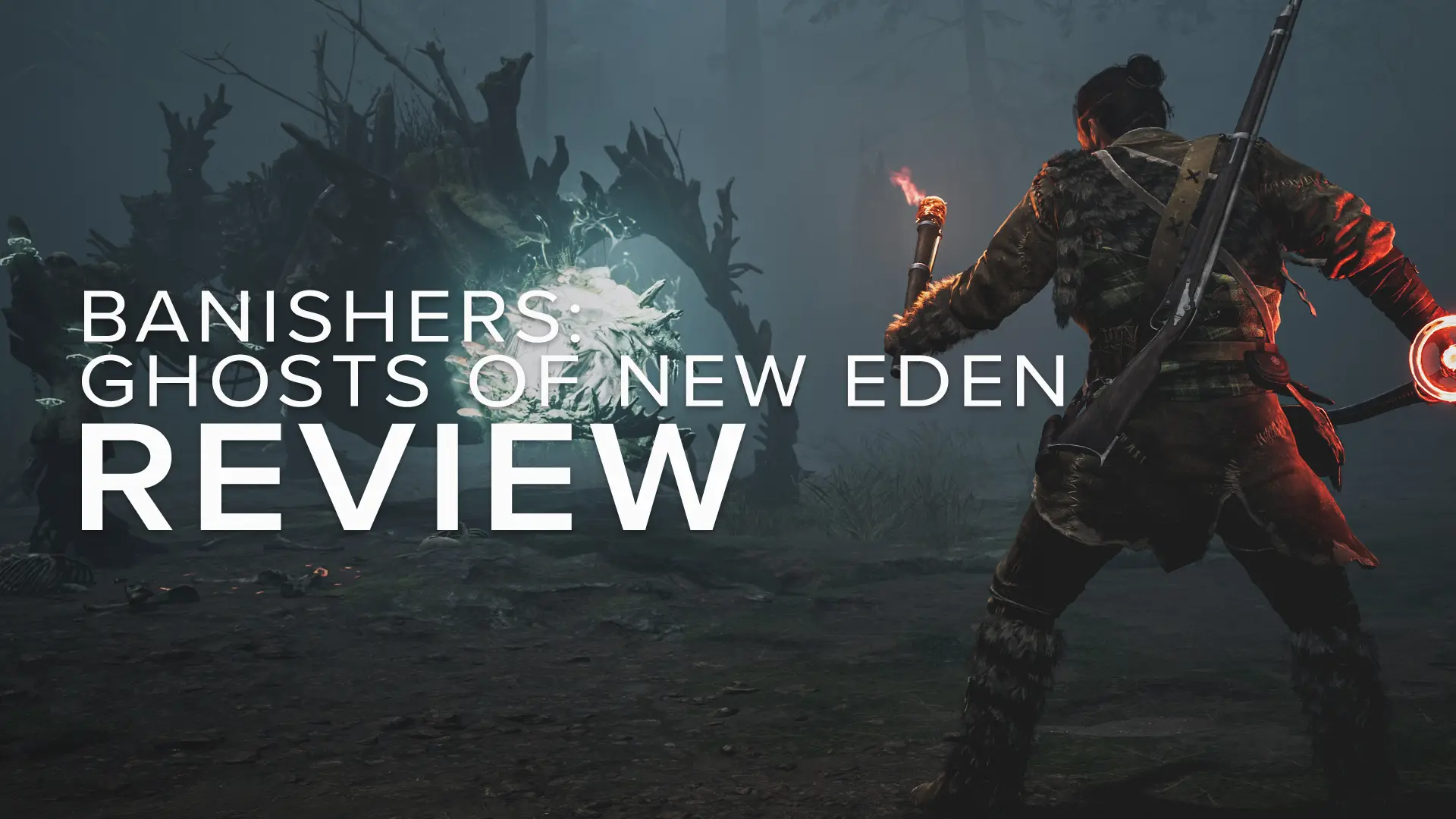
ℹ️ - Gran Turismo 7
Polyphony Digital's iconic racer has had its fair share of lengthy development cycles over the years, often filling the gaps with concepts or prologues, and even though the online focused GT Sport has grown significantly since launch, we haven't had a full fat main series entry since GT6 on PS3 a whopping 9 years ago! Fitting then, that in the year of its 25th Anniversary, "The Real Driving Simulator" returns with Gran Turismo 7 and it looks to be the truest representation of Kazunori Yamauchi's relentless quest for fidelity yet.

- GT7 // POLYPHONY DIGITAL -
Over 400 cars, 34 locations and 97 track layouts are once again recreated in the name of realism, and the level of simulation reaches new highs this time as well. Car performance calibrated with their real world equivalents, the use of computational fluid dynamics (CFD) to model aerodynamic slipstreams and palpable crosswinds, and even regional atmospheric conditions based on the relative humidity & ambient temperatures of the actual track locations show the lengths that Polyphony have gone to in their quest for authenticity.
With hugely impressive driving physics – probably best felt when running a powerful car off the dry line and into some standing water – the appeal is far from just skin deep, but GT7 doesn't hold back their either and often looks spectacular. Ray traced lighting and reflections (PS5 only) ensure that those wet tracks, shiny cars and dazzling headlights look hyper-realistic in a way that the studio describes will really bring out the "expression of cars" in the world around them.

- GT7 // RACE PHOTOS -
A philosophy that is echoed in a deep running celebration of car culture typified by the all new Gran Turismo Café that offers manufacture or region-specific events and rewards, and even adds anecdotal words from the original designers when you turn up in one of their cars. A crying shame then, that this has no voiceover and relies entirely on text ticking along beneath a profile picture, something that will sadly fail to grab the attention that it deserves.
Still, it is engagement with motoring history like this, plus the involving tuning and car modification options that will connect players more with the cars they collect, and likely nurture the desire to express that through virtual photography. Fortunate then that Polyphony are almost as serious about their simulated cameras as they are about the on-track action, but is this now The Real Photography Simulator...?

Key Photo Mode Features:
Scapes mode with >2,500 locations
Shutter speed & motion panning
Extensive post-processing effects

A comprehensive set of post-processing tools compliment the two photographic experiences...
Controls & Implementation:
Gran Turismo doesn't actually use a photo mode in what may be the most typical sense of the term these days, and keeps its photography options separate so that the temptation to freeze the action never distracts from the serious business of driving. Instead, the virtual camera is accessed either via post-race replays, whether instant or saved, or through the returning and still quite novel Scapes mode.
As you would expect, replays enable you to follow any car on-track and then enter the Race Photos options using trackside cameras, driver PoV, or the freely placeable "Walk" camera that can roam anywhere within the confines of the track barriers while also being craned up above the action or down to ground level for the optimal starting position.

- GT7 // RACE PHOTOS -
Scapes meanwhile, allows users to photograph any cars from their collection in a plethora of different locations without even needing to drive them. Accessible on the world map after completing Menu #7 at the GT Café, this mode lets you place up to 3 cars and one on-foot driver in any of the 2,571 real-world scenes that have been converted into pseudo-3D environments, ready to shoot in a dedicated photography session.
With the advantage of premeditation, Scapes includes control over every conceivable light on each vehicle, and also adds new options to put dust, dirt and damage onto the otherwise pristine machines. Simulated speed and direction of travel are used for generating movement at longer shutter speeds here, while the race photos must make do with the recorded events, but more on that later.
- GT7 // SCAPES UI -
Whichever method you choose for getting cars in the frame, the two complimentary photography modes essentially then consist of distinct camera setup and post-processing workflows, both sharing a common UI that is technical in nature along with similar, though not identical settings. Naturally the camera setup comes first and it is important to know that you are essentially fixed in position after selecting a scene or camera, as though operating from a tripod that is screwed to the ground. While Race Photos do still allow slight sideways shuffling of the camera at this stage, Scapes is much more rigid with adjustments limited to telephoto zoom and 360° roll on the LS, and a certain degree of pan / tilt on the RS.
I say a certain degree because although that equates to 360° or pan and 180° or tilt for Race Photos, it is significantly more restricted in Scapes and actually varies by scene. With similar constraints on the focal length / zoom that is an otherwise spectacular range of 10 - 800 mm during racing shots, Scapes scenes can often feel quite limited. A consequence of being bound to the realms of the original photograph used to generate the artificial surroundings, but also the pay-off for being able to place cars in these ready-made beauty spots all over the globe from the comfort of your own home.

- GT7 // SCAPES -
Optically speaking, the virtual camera in Gran Turismo 7 is excellent as the smooth zoom lens is accompanied by manual f / stop aperture settings and focus options that include single AF and lock-on for convenience. With quick and easy setup, the resulting images have a fully authentic depth of field and present no trouble in getting a smooth circular bokeh on background highlights. There is even a full-auto mode in Scapes that uses a more descriptive "Background Blurring" option if you prefer a helping hand.
Back to the crucial matter of motion blur then, the game tries to introduce this realistically with variable shutter speed and various camera tracking options to visualise speed and movement in still images. As in reality, a longer shutter speed will capture more movement (although not more light) and increase the amount of blur in the image, but there are a couple of factors that hold back Polyphony's implementation from any potential greatness.

- GT7 // RACE PHOTOS -
Firstly, the range of shutter speeds in Race Photos covers 1 / 8000th sec, which is great for freezing even the fasting action in a crisp still, up to 1 / 60th sec which is enough to blur spinning wheels or the surface of the track as the cars speed along it, but nowhere near enough to capture light trails in a night race for example. This is something that is distinctly more possible in Scapes thanks to an extended shutter speed of up to 1 sec, and artificial car speeds that can be set anywhere between 0 - 124 mph (200 kph), as long as it is compatible with the scene that is.
Just as was the case in GT Sport, set the speed too high and expect to receive an error that the car did something that it wasn't allowed to. Worse though is the fact that Polyphony seem to compute the blur with too few frames, leading to a strobe-like sequence of separated lights / elements rather than a smooth blur along the full motion path. It is not quite a deal breaker and remains possible to create realistic and interesting effects, but you will likely find your imagination being dialled back to fit the rules.

That probably makes this a good time to jump over to the Effects tab where things really start to open up thanks to the fact that Polyphony have equipped GT7 with a fully featured post-processing suite that can easily convert any shot into something wildly different.
As well as fundamental adjustments like colour temperature and tint to get the white balance just so, the Effects tab is home to well executed vignette and aberration controls, film grain that can be applied with or without colour to mimic either film or digital sensor noise, and a very useful glare setting that can subdue or exaggerate bright light sources to create a soft bloom as they oversaturate the virtual camera.
- GT7 // SCAPES -
This almost pales in comparison though, next to the transformational power of the multiple screen effects. With 3 separate masking layers that can be applied universally or to partial areas, plus another that is exclusive to the cars, any of the 16 preset colour filters can be mixed, matched and doubled up for creative results, while the extremely detailed colour toning options make this the most involved photo mode editing suite this side of Days Gone (and GT Sport obviously).
There isn't nearly enough space in this review to delve deeply into the full potential of these settings but suffice to say, that with full control over colour saturation, midpoint and black point levels, and individual RGB channel sliders for brightness, contrast and highlights – all of which can be set independently on each of the 4 masking layers, the post-processing possibilities are virtually endless. Should anyone (understandably) find the complexity a little overwhelming, a series of presets serve to demonstrate some of the possible outcomes and get results without having to worry about how they were achieved.

- DEMIO // THE TRUE BEGINNING -
Capture & Export:
Many minutes or even hours (I exaggerate) after starting in the GT7 photo mode, it may be finally time to actually take the shot, but even that is not quite as straightforward as it should be. Holding the touchpad will pop the image out of its reduced-size window and into a full screen preview, though the final effects including motion blur are only rendered upon activating the virtual shutter release with the Δ button. This renders the proper image but strangely it is still not saved anywhere just yet.
Using the Create / SHARE button at this point will capture the image as it appears on screen, but with a cheekily added GT logo and tiny © watermark, so it is best to save shots to the in-game library by pressing X and access them via the Showcase. This is where things get confusing though, because the only real options in the showcase are to preview the image, or to share it on the game's own community network and presumably retrieve them via the online portal (not live at the time of writing) using another device.

- SHARE // NO EXPORT -
This problem exists entirely due to the conspicuous absence of the "Copy to USB" feature that capably exported GT Sport shots to a local drive without adding a © mark, and at the highest available resolution – something that is doubly important with Gran Turismo's hidden benefit of capturing portrait / "vertical" shots at a full resolution of 3840 pixels on the longest side. This means that you can make merry use of the portrait orientation without suffering a huge drop in pixel count, or at least you will once it becomes possible to actually export the images!

GT7 is right on track when it comes to creating that sense of ownership and connection between driver and vehicle...
Photographic Opportunities:
You probably noticed already, but Gran Turismo is pretty big on cars, so it is obvious that this is exactly what you can expect to shoot when photographing this game. With over 400 to collect at launch and promises of many more to follow, there is everything from historic legends, daily drivers, contemporary race cars and futuristic concepts on offer, all with the Tokyo studio's renowned levels of sheer realism.
With the return of fully-blown tuning, an extensive livery editor, and body modifications that offer 1,000s of combinations to personalise the visual appeal of most machines, GT7 is right on track when it comes to creating that sense of ownership and connection between driver and vehicle. Add in ray tracing on PS5 for even more nuanced lighting and highly accurate reflections, and this is the closest you can currently get to photographing real cars in a virtual world.
NOTE: Gran Turismo 7 supports "prioritise frame rate" and "prioritise ray tracing" modes during gameplay on PS5 with RT automatically enabled in the photo mode in either case. RT can be toggled on / off in photo mode and may result in shimmer effects that can cause image softening, particularly with longer shutter speeds.
Very much in keeping with the game itself, Polyphony's approach to letting you capture images of your motoring collection is a technical one and essentially boils down to two differing photographic experiences. One of capturing "live" sporting action along with the track conditions and speeds as they were at the time; and the other of preconceived shoots of carefully constructed scenes put together under your total control.
A comprehensive set of post-processing tools compliment the two, and Scapes even has one final trick up its sleeve as each shot saved in the library can be re-opened in a fully editable format. With this it is possible to return to a capture and change the edit, add new ideas, reposition and replace the cars, or even import settings from one image to another as a form of preset. There are simply no better tools for working on progressive sets or collections in virtual photography right now.

- GT7 // RE-OPEN SCAPES -
It is may be easy to assume that GT7 is reliant on Scapes to provide interesting backdrops and, although there is no denying that the vast array of locations covering everything from modern interiors & industrial settings to cobbled streets & dried-up salt pans are marvellous, the circuits themselves can provide some quality. Road surfaces and buildings admittedly don't stand up to close scrutiny, but dynamic time of day sees hazy mornings give way to gloomy afternoons or starlit night skies, and the weather can completely transform the mood.
During a downpour, expect puddles of standing water to accumulate naturally in just the right areas, and then for a dry line to form as cars keep racing after the rain ends. Adding much more that a simple all-over wet shader, the believability of the look this creates can be just as good as the startlingly realistic driving physics that go with it.

Subscribe to the regular newsletter for all the latest features from TheFourthFocus.com
Verdict:
For the last 25 years, Gran Turismo has been synonymous with the height of realism in the racing genre, and this latest entry reaches its most impressive levels of simulation yet, something that Polyphony Digital also hopes to bring to virtual photography with a promise to produce "photographic expressions that are mostly impossible in real-life".
While the globetrotting convenience and extremely powerful editing options of the photo mode tools do largely fulfil that goal, there isn't actually much here that can't already be done in GT Sport, and some rather rigid rules plus key flaws in motion blur do hold things back. Despite that, the technical approach is great for keen photographers and the scope to capture the incredibly realistic "expression" of virtual vehicles is essentially unmatched. GT7 is a photographic opportunity that should not be overlooked.
Full Feature Set:
Access & Control
Race Photos Access: Post-race Replays
Race Photos Camera Movement: Free camera within track limits
Scapes Mode Access: World Map
Scapes Camera Movement: Fixed position Horizontal Pan: 360° (varies in Scapes) Vertical Tilt: 180° (varies in Scapes) Roll: ± 360°
Scapes Car Settings
Camera Settings
Effects Settings
Game Menu Settings








